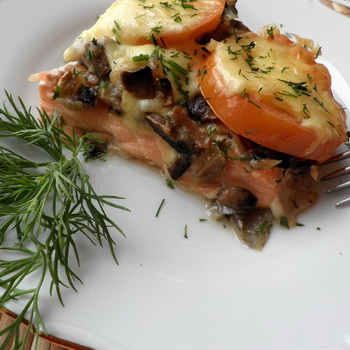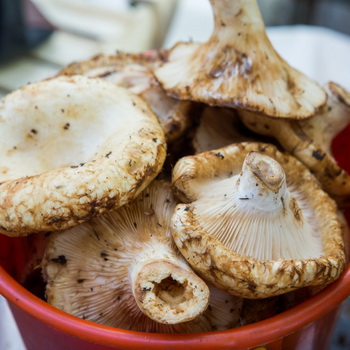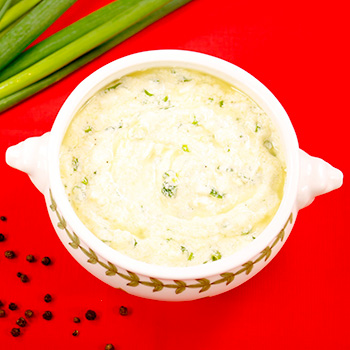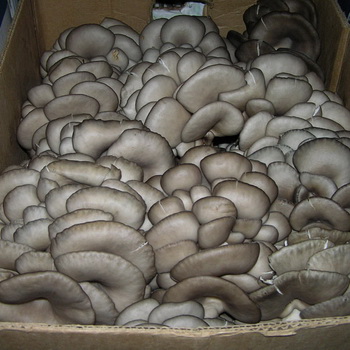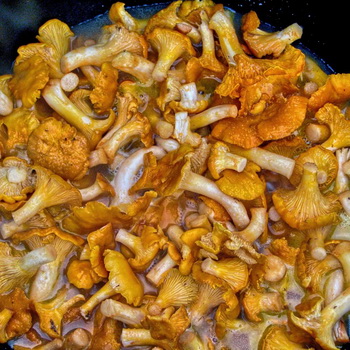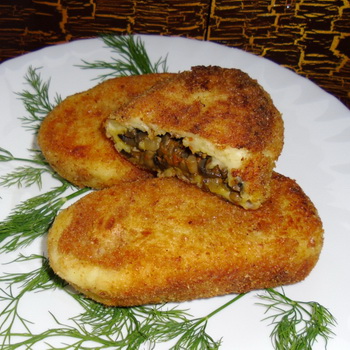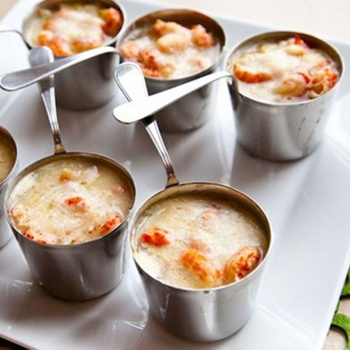How to grow morels from mycelium in the area
 You can grow many types of mushrooms on your own. And morels are no exception. Growing them in a home garden on specially created beds or cultivated areas in the forest is a fun and not too laborious process. The main thing is to purchase high-quality morel mycelium and strictly follow all the recommendations for the cultivation of this type of mushroom.
You can grow many types of mushrooms on your own. And morels are no exception. Growing them in a home garden on specially created beds or cultivated areas in the forest is a fun and not too laborious process. The main thing is to purchase high-quality morel mycelium and strictly follow all the recommendations for the cultivation of this type of mushroom.
Morels belong to the Morechkov family (Morshellovykh), the most famous p. high, c. conical, with steppe, with. edible (real) and morel cap. All of these species can be cultivated.
Where do morels grow and what do they look like?
In the wild, mushrooms of the morel family grow in the temperate climate of the Northern Hemisphere from Europe to America, and are also found in Australia and on a number of islands in the Southern Hemisphere. Morels grow mainly in the forest zone, preferring broad-leaved or mixed forests, but sometimes they grow among the pines, often lives in parks and forest-park zones. All 5 of the most famous species of morels grow in Russia, they are found almost everywhere - from the forest-tundra zone in the south to the forest-steppe zone in the north, from the western outskirts of the European part to the Far East, and are widespread in the Urals and Siberia. In the southern regions of Russia, they often vegetate in front gardens and on lawns, preferring sandy soils, therefore they often grow in river floodplains, along the banks of streams, they like to settle in clearings and forest ashes.

Morels are traditionally considered spring mushrooms; in the southern zone of the European part of Russia they grow from April to early May, in the middle and northern zones they begin to bear fruit from the second half of May to June. Under favorable weather conditions, mushrooms can also be found in warm autumn.
By the nature of their nutrition, morels are characteristic representatives of saprophytic fungi, therefore, fungi of this family prefer fertile calcareous soils for growth among grass enriched with plant litter, but they can also be found in city dumps, as a rule, rich in decaying organic compounds.
In Europe, morels began to grow in their own gardens, parks and simply in the beds in the middle of the 19th century. The Germans were among the first to notice that morels grow better on the ashes, and they began to sprinkle the beds with ash.
In industrial mushroom growing, mainly 3 types of morels are cultivated: real morel, conical morel and morel cap - as the most common representatives of this family.

Outwardly, morels look different from other hat mushrooms. The cap of the morel, depending on its type, has either a conical or egg-visible-rounded elongated shape, the surface of which is covered with a network of deep folds. The color of the mushroom ranges from gray-brown to dark chocolate, almost black. The edges of the cap in some species grow to the stem. The leg is cylindrical, like the cap, it is hollow inside.
The height of the mushroom reaches 10 cm. The morel pulp is fragile, easily breaks and crumbles, tastes good, but does not have a pronounced mushroom smell. In most countries of Europe and America, the conical morel is a delicacy.
All types of morels are considered conditionally edible mushrooms, suitable for human consumption after boiling them beforehand.
How to breed morels
You can grow morels using one of two technologies: French - in specially created beds - and German, in the garden. Both methods relate to extensive mushroom growing, requiring significant areas to obtain a high yield.Intensive methods of cultivating this mushroom on nutrient substrates in closed rooms are currently being actively developed by American scientists, however, these methods of cultivating mushrooms have not yet been widely used.
Morels in nature prefer well-lit areas with organic-rich soils; mushrooms are very responsive to the introduction of ash and nutrient-rich apples into the soil. These features of natural mushrooms were the basis for the French and German methods of their cultivation.

It is better to plant morels in an orchard or in a specially designated area of a deciduous forest, where the natural shade from the trees provides the mushrooms with the necessary level of illumination and at the same time protects them from direct sunlight. When creating beds, it must be borne in mind that mushrooms do not tolerate spring stagnation of water, therefore, a good drainage system is required in the allocated area to drain melt water.
Before you start growing morels on the site, the topsoil must be replaced with a specially prepared substrate. It is prepared from garden soil for flowers mixed with sawdust and ash according to the following formula: for every six volumes of garden soil, add half the volume of sawdust and one volume of ash. The prepared soil mixture should be mixed and laid out in a 10 cm layer on the equipped beds. The laid substrate must be watered at the rate of 10 liters of water for each 1 m of the bed.
As with the cultivation of other types of mushrooms, for sowing it is better to use not sexually mature mushrooms collected in the forest, but morel mycelium purchased from trusted suppliers. After the bed is prepared, the mycelium is distributed over its entire surface, then it is covered on top with a 6-centimeter layer of earth removed during the construction of the beds. The soil is slightly moistened with a shallow watering can or a special sprinkler, after which the bed is covered with stored natural material: straw mats, small branches, foliage; you can use, as the French do, apple pomace.

After sowing the beds with mycelium, it is necessary to monitor the moisture level of the substrate. As the soil dries up, it should be moistened with special nutrient concentrates, which contribute to the accelerated and enhanced growth of fungi. One of these formulations, called Baikal-EM-1, is produced by the domestic agrotechnical industry. To enhance fruiting, the garden bed is sprinkled on top with a thin layer of ash. When using apple pomace, ash can be additionally omitted. Fruiting occurs a year after sowing, lasts in one place from 3 to 5 years, and practically does not require large expenses and is especially suitable for small mushroom farms or amateur mushroom growers. In the fall, the beds sown with mycelium must be additionally covered with straw, grass, leaves. In the spring, immediately after the snow has melted and a positive temperature has been established, this protective cover is removed, leaving a thin layer of plant material. As a rule, in 2–3 weeks after the removal of the protective cover, the mushrooms begin to bear fruit.
Because of their fragility, morels are collected very carefully, twisting the mushroom, holding it by the leg or cutting it off with a knife. Ready-made mushrooms can be dried or delivered to the markets raw, but morels, due to their fragility, quickly lose their presentation during transportation.

